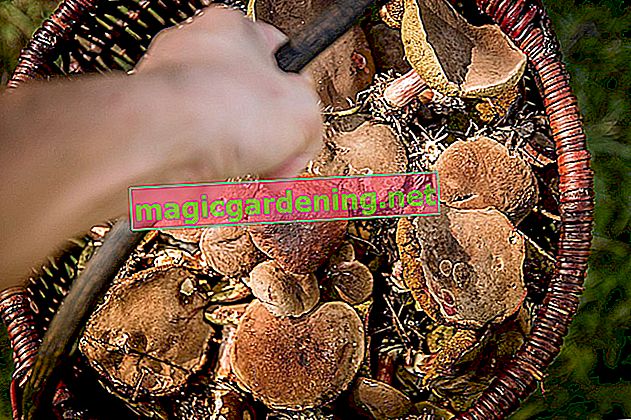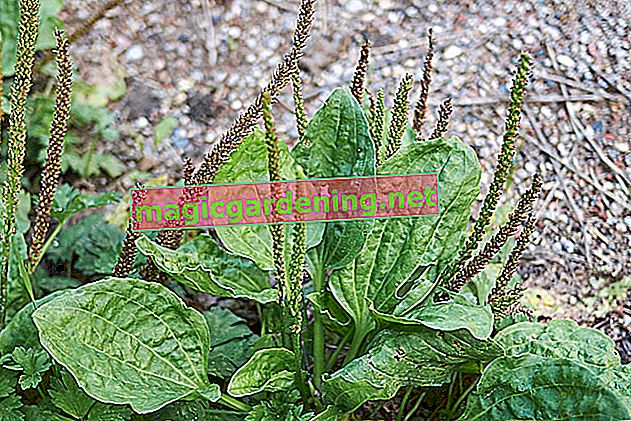
This is how propagation with brood onions succeeds
Tulip bulbs provide you with plenty of material for propagation by sprouting small daughter bulbs from the armpits of the onion scales. These grow quickly, separate from the mother onion and lead an independent tulip life. You can give this process a free hand or you can harvest the bulbs to settle them in the desired location. That is how it goes:
- After the flowering period, do not cut off the leaves until they are completely absorbed
- Then carefully dig up the tulip bulbs
- Cut off the bulbs with a sharp knife
also read
- This is how tulips thrive with bulbs in a jar - a guide
- How to harvest bulbs and seeds from tulips with expertise
- Are tulips poisonous?
More or less large cuts occur on mother and daughter onions. So that pathogens or pests do not use them as a gate, please dust the injuries with charcoal powder. After this treatment, plant the tulips in the nutrient-rich, loose soil.
Bulbs bloom from the second year
Brood bulbs placed in autumn produce a tuft of leaves the next spring. Please only cut this off when the leaves have completely yellowed. Until then, the onion will absorb valuable nutrients in order to bloom for the first time in the following year based on the energy reserve.
Harvesting and sowing tulip seeds - how to do it right
At the end of the flowering period, do not cut off all of the flower cups so that the tulips can produce their seed-filled ovaries. After a two-month ripening period, harvest the dried seed pods just before they tear. Then fill a clay pot three-quarters with garden soil and one-fourth with seed soil. Then sprinkle the seeds over them, sift them thinly with sand and water them with a fine effervescent water. How to proceed:
- Cover the sand layer with a layer of small pebbles or aquarium gravel
- Place in the partially shaded place in the garden where the weather can affect the seeds
- If it is dry, water enough so that the soil does not dry out
The next spring long, green seedlings that are reminiscent of grass or chives sprout. After a while, these stems wilt and fall off. You can then go in search of the tiny tulip bulbs in the substrate. Put these in small pots with potting soil and be patient. It takes 5 years or more for the first bloom.
Tips
Does your mouth water at the sight of a crunchy, juicy tulip bulb? Then nothing speaks against tasting it. Peel off the bitter peels with a knife and boil the tuber in water for 15 minutes. While the taste won't catapult you to culinary heights, it's still worth a try. More than 2 to 3 specimens should not be eaten as the glycoside they contain can cause nausea.








